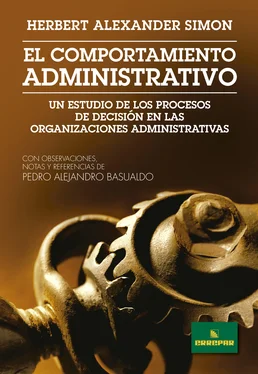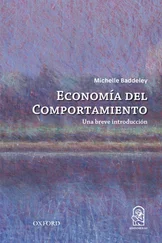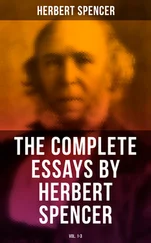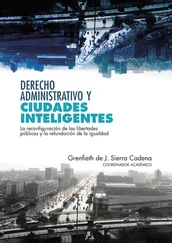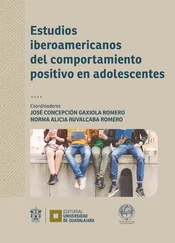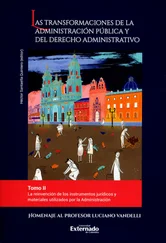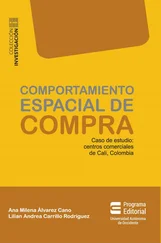“IA como ciencia cognitiva pretende simular los procesos actuales que los humanos utilizan en su comportamiento inteligente. Los programas de simulación en ordenadores son considerados como teorías que describen y explican desempeños humanos”.
(Simon, 2001.a)
25. Se refiere a la obra del autor de 1945 (Urwick, 1945).
26. Se refiere a los creadores de esas fenomenales teorías.
27. Se refiere a la ECA (Economic Cooperation Administration), aprobada por ley del Congreso de EE.UU. en abril de 1943.
28. La palabra “proverbio” viene del latín, proverbium , que significa “sentencia, adagio o refrán”. La definición de “proverbio” del Diccionario de la Lengua Española Espasa-Calpe, Madrid, 2005, dice: “Sentencia o refrán de origen popular que contiene un consejo o una enseñanza moral”. El diccionario Merriam-Webster, UK, 2007, define “proverbio” como “breve epigrama popular o máxima; adagio”.
ANDERSON, J.R., GREENO, J.G., REDER, L.M. & SIMON, H. (2000).Perspective on Learning, Thinking, and Activity . Educational Researcher , 29 (4), pp. 11-13.
ARMANDI, B.R. & MILLS, E.W. (2006).Organizational Size, Structure and Efficiency: A test of a Blau–Hage Mode . American Journal of Economics and Sociology , Vol. 41. Ps. 43 a 60, July.
BASUALDO, P.A.
(2002).Momentos con Herbert Simon .Facultad de Ciencias Económicas, Universidad de Buenos Aires (Puede accederse por vía electrónica en la dirección http://www.educ.ar/educar/servlet/ Downloads/S_BD_REVISTASL/GA0218.PDF).
Este artículo fue dividido en dos partes y fue publicado en el número 18, del 24 de febrero de 2002, y el número 19 del 31 de marzo de 2002 de La Gaceta de la Facultad de Ciencias Económicas de la Universidad de Buenos Aires.
(2000).Dirección Corporativa. El arte, la tecnología y la ciencia en los negocios .Contribución Académica. Facultad de Ciencias Económicas de la Universidad de Buenos Aires (reproducción del artículo publicado en Enfoques , Buenos Aires, marzo, 2000).
(1995).La Organización del Gobierno de la Nación Argentina a partir de la reforma de la Constitución Nacional. Contribución Académica. Facultad de Ciencias Económicas de la Universidad de Buenos Aires.
BENSON, G. (1941).Internal Administrative Organization . Public Administrative Review , Vol. 1: 473-486.
BLAU, P. & SCHOENHERR, R. (1971).The Structure of Organizations, Basic Books, NY.
BRIGHTMAN, H. (2007).Differences in Ill-Structured Problem Solving along the Organizational Hierarchy . Decision Sciences . Vol. 9, pp. 9-18, June.
BURNS, T. & STALKE, G. (1969).The Management of Innovation .Tavistock Institute, London.
CHICAGO RELIEF ADMINISTRATION (1939).Adequate Staff Brings Economy. American Public Welfare Assn., Chicago.
CUMMINGS, L. (1973).Readings in Organizational Behavior and Human Performance. Richard D. Irwin (Revised Edition), New York.
DILL, W. (1958).Environment as an Influence on Managerial Autonomy. Administrative Science Quarterly , Vol. 2: 409-443.
DONALDSON, L.
(2001).The Contingency Theory of Organizations. (Foundations for Organizational Science. Sage Publications).
(1996).The normal science of Structural Contingency Theory .In S. Clegg, C. Hardy & W. Nord, Eds. Handbook of Organization Studies , pp. 57-76, Newbury Park: Sage.
(1995.b).American Anti-Management Theories of Organization: A critique of Paradigm Proliferation. Cambridge University Press.
(1995.a). Contingency Theory. Editor (History of Management Thought). Ashgate Publising.
(1987).Strategy and structural adjustment to regain fit and performance: In defence of Contingency Theory. Journal of Management Studies , 24: 82-97.
ERICSSON, K.A. & SIMON, H.A. (1985).Protocol analysis .En T.A. Van Dijk (Ed.), Handbook of discourse analysis : Vol. 2, Dimensions of discourse: Capítulo 14. New York, NY: Academic Press.
FERNANDES, R. & SIMON, H.A. (1999).A study of how individuals solve complex and ill-structured problems . Policy Sciences , 32 (2): 225-245.
FOSS, K. & FOSS, N. (2005).Simon on Problem-Solving: implications for New Organizational Forms. SMG Working Paper Nº 8, Working Paper Series.
GALBRAITH, J.R.
(2000.b).Designing the Global Corporation .Jossey-Bass, 2000.
(2000.a).The Role of Formal Structure and Process. In Breaking the Code of Change .Edited by Michael Beer and Nitin Nohria, Boston, Harvard Business Press, 2000.
(1973).Designing Complex Organizations .Addison-Wesley.
GAUSS, J. & WOLCOTT, L. (1941).Public Administration and the U.S. Department of Agriculture .Public Administrative Service, Chicago, IL.
GOBET, F. & SIMON, H.A. (2000.a).Five Seconds or Sixty? Presentation time in Expert Memory. Cognitive Science , Vol. 24 (4): 651-682.
GREAT BRITAIN MINISTRY OF MUNITIONS, HEALTH OF MUNITIONS WORKERS COMMITTEE (1918).Final Report. H.M. Stationery Office, London, UK.
GREGG, L.W. (ed) (1974).Knowledge and Cognition. M.D. Erlbaum Associates, Potomac.
GREGG, L.W. & SIMON, H.A. ( 1976).What the knower knows: Alternative strategies of problem-solving tasks. Proceedings of the 21st International Congress of Psychology, 104.
GULICK, L. (1937).Notes on the Theory of Organization .En Papers on the Science of Administration (Capítulo I) , edited by Luther Gulick and Lyndall Urwick, New York Institute of Public Administration, Columbia University.
GULICK, L. & URWICK, L., EDS. (1937).Papers on the Science of Administration. New York Institute of Public Administration, Columbia University.
HAMMOND, T. (1990).In defence of Luther Urwick. Notes on the Theory of Organization. Public Administration 68, 143-173.
HARRIS, C. (1925).Decentralization. Journal of Public Administration nº 3: 117-133.
HASTINGS, C. & SCHWARTZ, S. ( 1939).Size of Visitor´s Case Load as a Factor in Efficient Administration of Public Assistance. Philadelphia County Board of Assistance, Philadelphia, PA.
HAYES, J.R. (1989).The Complete Problem Solver .2nd Ed. Hillsdale, HJ: Erlbaum.
HAYES, J.R. & SIMON, H.A. (1974).Understanding Written Problem Instructions. In L.W. Clegg, Ed., Knowledge and Cognition . Potomac, MD: Erlbaum Associates.
HILMER, F. & DONALDSON, L. (1996).Management Redeemed .Free Press, NY, 1996.
HOOD, C. & JACKSON, M. (1991).Administrative Argument. Dartmouth Publishing Group.
IJIRI, Y. & SIMON, H.A. (1967).A model of business firm growth . Econometrica , 35: 348-355.
KAPLAN, C. & SIMON, H.A. (1990). In search of Insight . Cognitive Psychology , 22, 1990, pp. 374-419.
Читать дальше
